I ordered some MOSFETS from AliExpress and I think I've been duped.
The diagram below shows my setup:
If I'm not mistake, this means that the R_DS(On) of this N-channel MOSFET is 0.042/0.62 = 67 milliohms, at a V_GS of 3.83V.
The datasheet for this AO3416 says that even at a V_GS of 2.5V the R_DS(On) should be less than 26 milliohms. The MOSFET doesn't warm up, so its temperature is near ambient 25C, like the datasheet.
Have I been duped, or am I measuring R_DS(On) incorrectly?
edit 1: At V_GS of 4.83V under a new load I measure 0.58A and 0.030V voltage drop, so RDS_On is 51.7mOhms, still higher than what it should be at <22mOhms...
edit 2: At V_GS of 3.96V under another load I measure 0.28A and 0.0165V voltage drop, so RDS_On is 58.9mOhms...
I think it's fair to say that the product does not meet the specifications?
